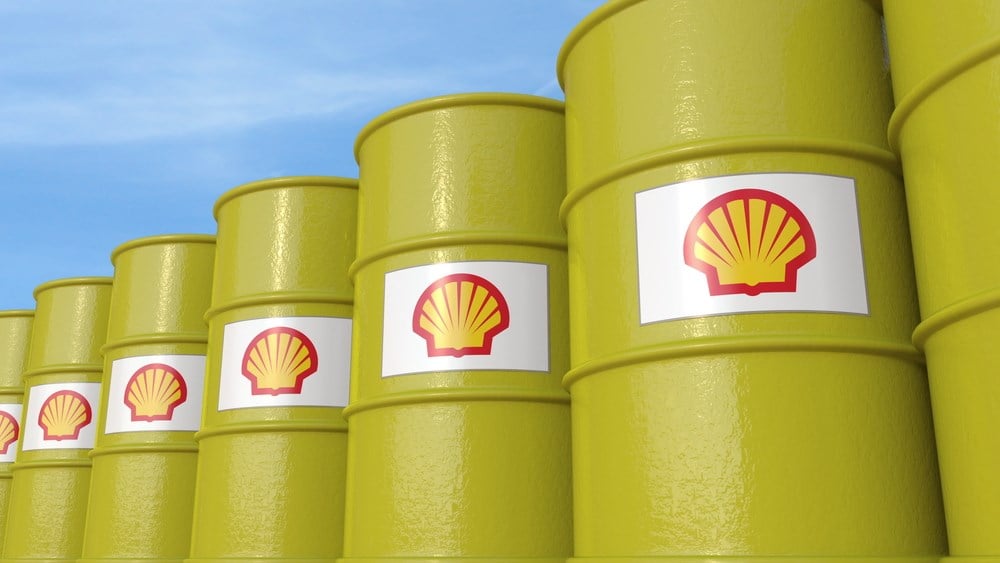Financial News
Shell's Production Outlook: Not as Bad as Expected?

VanEck Oil Services ETF (NYSEARCA: OIH) has delivered investors a nearly 43.4% performance over the past 12 months, outperforming the broader market by as much as 21.2% during the same period.
The inflationary environments experienced in the United States economy and higher-than-normal volatility experienced in Brent Crude oil and WTI prices drive performance gaps. This ETF is a leading indicator to the rest of the oil industry, considering that it holds companies whose revenues come directly from contracts based on the current oil stock price. Looking at the value chain, one step down could be the SPDR S&P Oil & Gas Exploration & Production ETF (NYSEARCA: XOP).
This second ETF holds a different set of businesses whose financials also depend on the oil price at the time. However, its effects on the bottom-line earnings are seen roughly three months after significant fluctuations. Companies like Exxon Mobil (NYSE: XOM) and Shell (NYSE: SHEL) are part of this ETF, which can be a lagging indicator of the broader industry. As traders and investors digest production volume swings from OPEC and mixed economic data from the world's largest economies, it is imperative to understand the sector, including the Exxon and Shell oil stock price landscape before considering buying or reducing exposure to the sector.
Warning Headlines
Exxon Mobil released an SEC 8-K filing earlier this week, announcing its second quarter 2023 earnings estimates or considerations. That stock is down by as much as 5.3% since the announcement, as earnings should be severely affected by current and future conditions in the underlying production and pricing landscape.
According to the filing, Exxon anticipates lower oil and gas prices negatively affecting its bottom-line earnings by as much as $3.3 billion to $4.1 billion. Rising natural gas prices might have offset these declines; however, as natural gas cools down, Exxon is facing a possibly more significant decline.
Considering that this space in the oil and gas industry shares a systematic risk, Shell has followed its peer into announcing a similarly dire outlook concerning earnings. Shell executives are pointing to a potential decline in earnings for the next quarter, also driven by declines and lack of volatility in oil and gas prices. This stock, however, is up by as much as 2.5% even after announcing a rhyming outlook negativity. It would be beneficial for investors to understand why these "twin" stocks, both warning of potential headwinds in the future, are seeing their stock prices diverge on the news.
Friday marked the United States non-farm payrolls report, which came in lower than expected, bullish for stocks and bearish for oil for the following reasons. Lower jobs data could lead the FED to consider a slowdown in their interest rate hiking pace, considering that unemployment may begin heading north.
Oil prices may suffer as a result, given that a slowing underlying economy will cause a significant slowdown in oil demand. Management may be correct in announcing potential risks, and the jobs data may be the sole reason behind Shell's rally today.
Market Outlook
Exxon and Shell suffer from the lowest dividend yields seen in a long time, which may be a proxy for two things to follow. One scenario is that the underlying financials in the industry are better than management points out, allowing for a dividend increase and thus adjusting underlying valuations.
The second scenario would imply a sufficiently large stock price decline, which will raise the dividend yield (assuming the dividend payout remains the same). According to analyst ratings, Exxon and Shell both share consensus double-digit upside potential from today's prices. Therefore, a steep decline may not be the likely scenario after all.
As food for thought, investors can think of the upcoming quarter as a temporary risk, keeping in mind that oil prices typically rise to slow down an inflationary economy. As oil prices rise, fewer businesses keep up activity and investment due to rising input costs, not just in crude but everything derived from it. Therefore, these lower production outlooks by both Exxon and Chevron can offset a rising oil price, which would not affect earnings as negatively as pointed out in reports.
Stock quotes supplied by Barchart
Quotes delayed at least 20 minutes.
By accessing this page, you agree to the following
Privacy Policy and Terms and Conditions.



